The touch of light
Singapore 30th November 2011
Today was much in the spirit of our hardware, the lighting products. Lighting supplier visits, technical lighting demo’s and a visual mock up at night to test our lighting concept with real light sources. Lighting design is a s good as the quality of its final implementation, so knowing what to select, understanding how lights will work in its intended surrounding is key. Reading catalogue information requires more than just “reading” skills, you need to understand what you read and have the ability to translate that in your mind into what it is likely to produce in reality. Let’s have a look at some issues.
Dimensions and weight for a start, we read them in 2 dimensions but once you see the real thing it suddenly has 3 dimensions and a mass! The 1200W floodlight we tested tonight was the size of half a human body and needed at least 2 people to put in in place! Imagine 60 of those as we are planning! that will require some thoughts on installation! Then heat and electrical safety; we have to make sure it is out of reach of the general public as the bloody thing was bloody hot even after operating it less than an hour. During a lighting supplier visit earlier in the day we got a demonstration about thermal control of LED lighting, not the thermostat type that just switches of the light when overheating, but intelligent heat control that dims the LED when it senses that the temperature is reaching critical levels. These are features you need to understand (and see) as just reading the catalogue jargon does not necessarily bring the message home. Quality issues as outdoor weather protection, material quality are obvious, but again when you feel and touch you get a real good fix on whether the catalogue specifications provide the right information. You know…the travel guide syndrome…showing you the beautiful pictures and conveniently leaving out the “rest”.
But what really matters to us is the lighting performance. It takes a lot of experience to be able to assess photometric data from a catalogue and it is not for nothing that we always advocate visual testing. Tonight was another proof of the pudding. I had already brought down the quantity of floodlights needed for one of our projects from 80 (as recommended by the supplier) to 60 (based on my own experience and assessment). After testing the lights in as similar conditions as possible (distance/ throw/ beam/ materials) I am confident that we can knock down the quantity even further simply by playing with locations, aiming patterns and beam types.
In Light Watch some sneak pictures from our testing tonight (sorry cant reveal anything more about the project) 🙂
Light Watch 213: Lighting testing

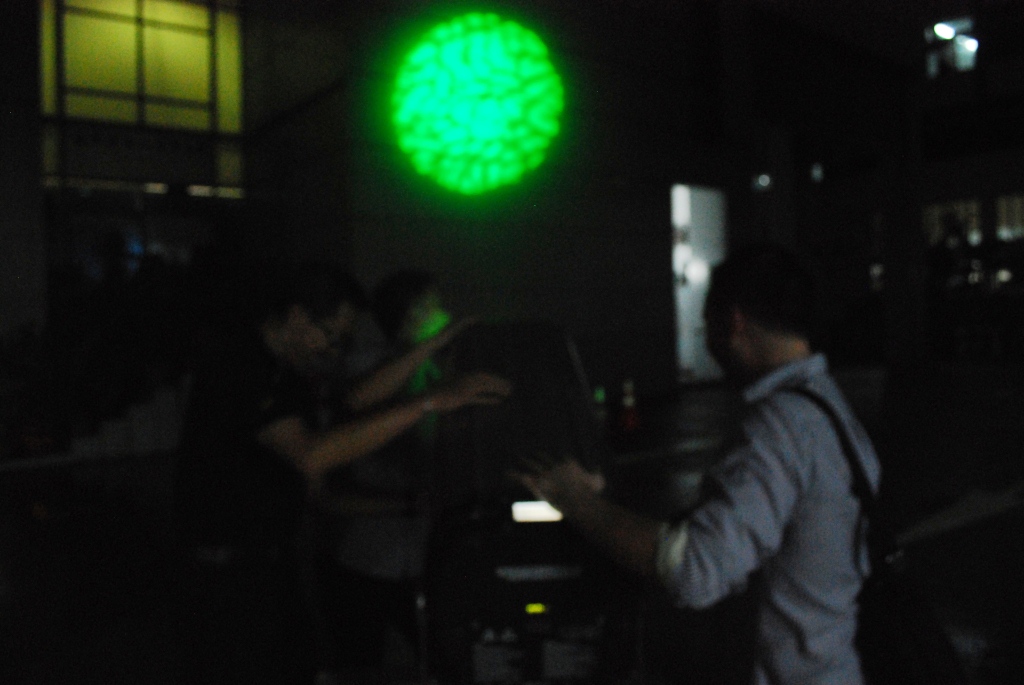
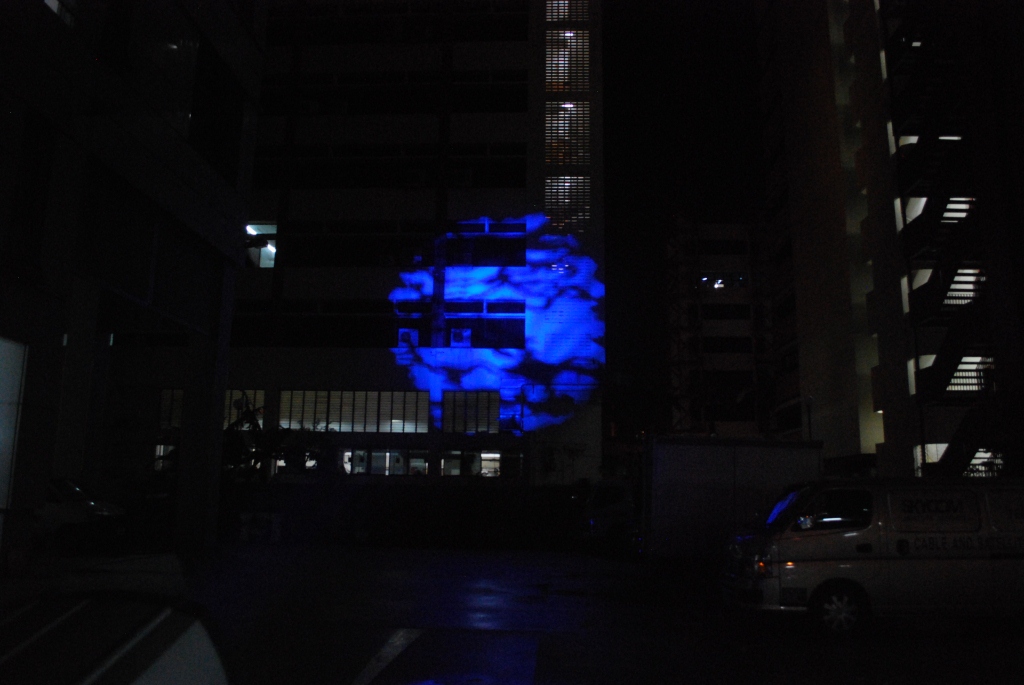
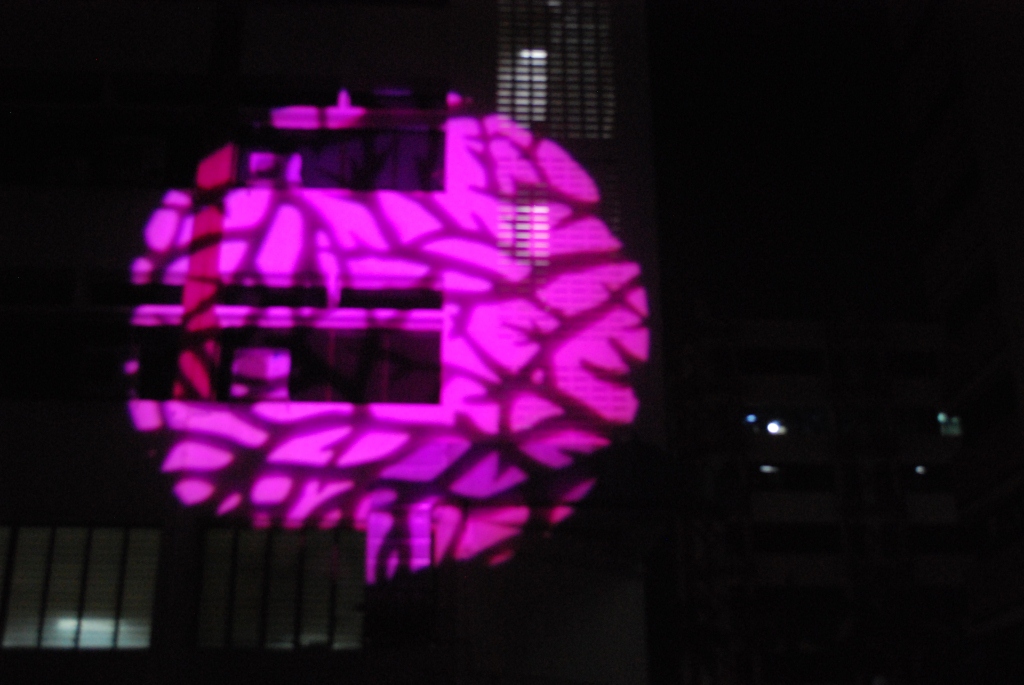
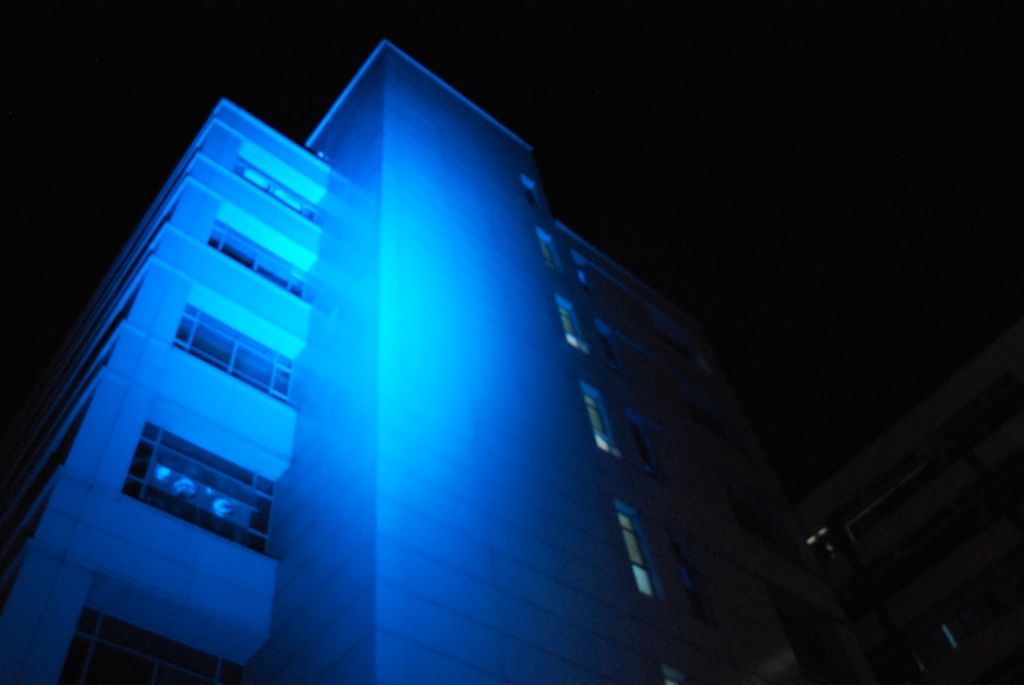
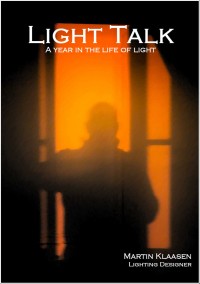 The long awaited book compilation of Martin's first year of blogging is available. Order now.
The long awaited book compilation of Martin's first year of blogging is available. Order now. Feedspot Top 100 Lighting Blogs
Feedspot Top 100 Lighting Blogs